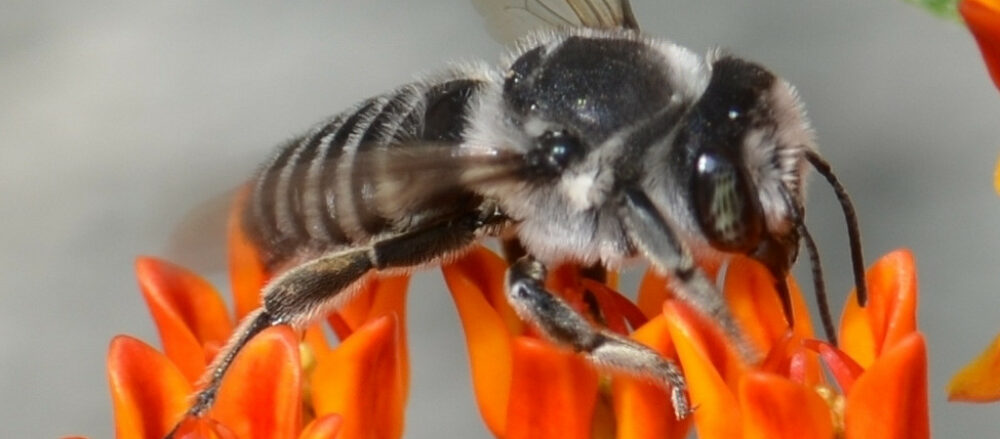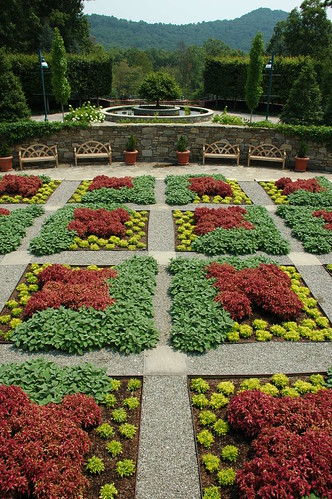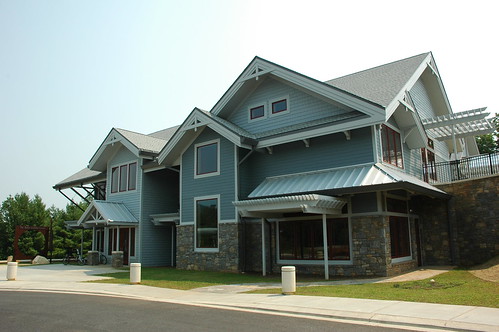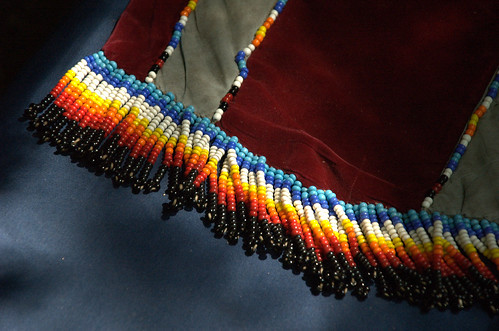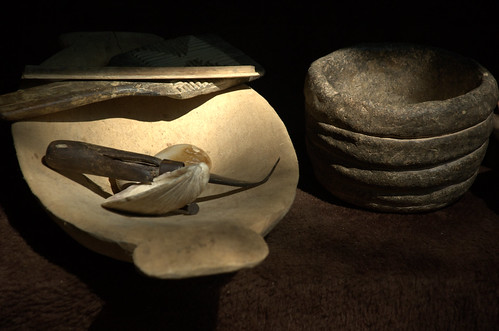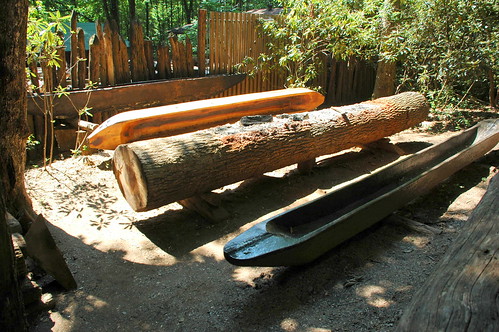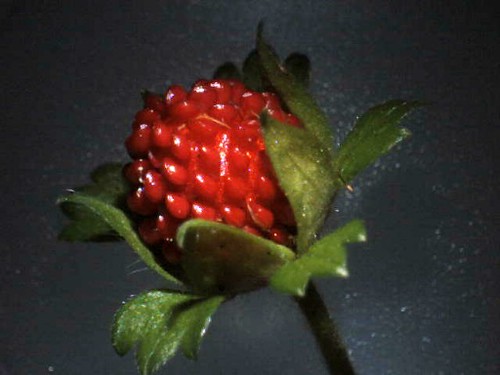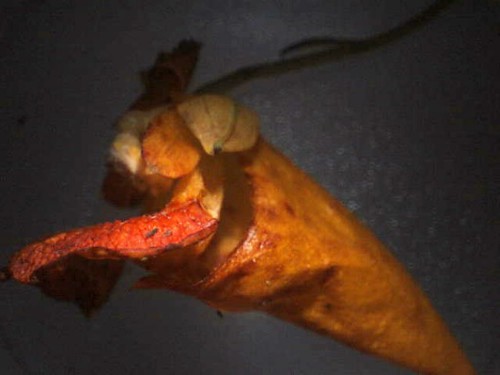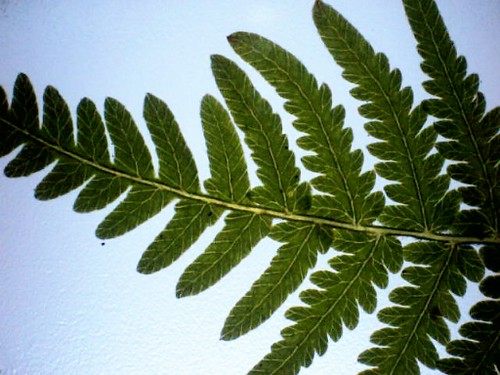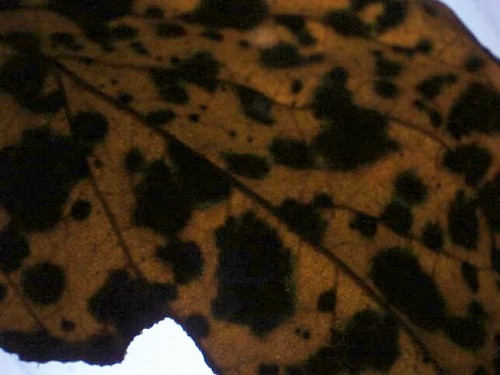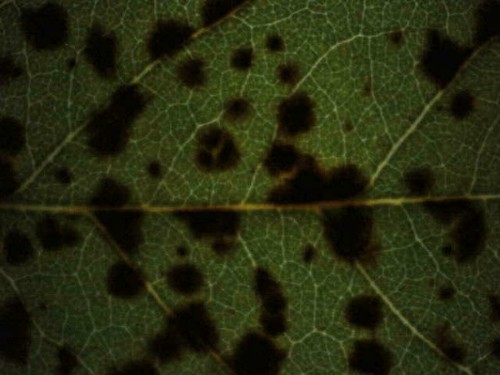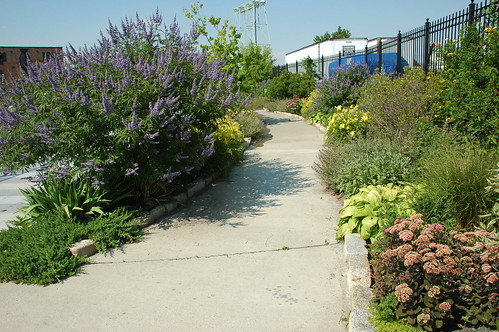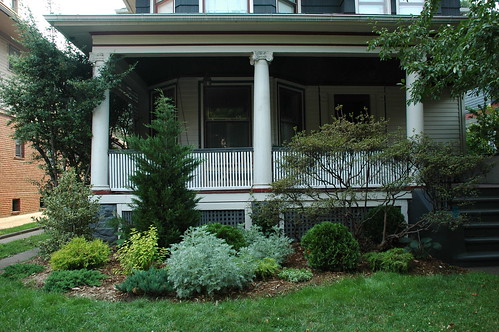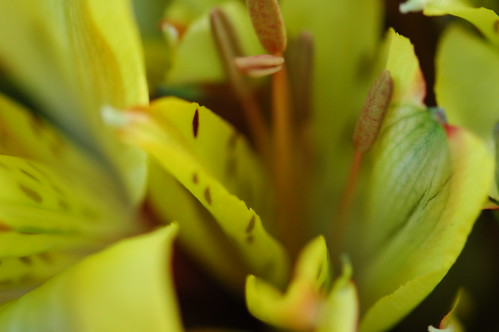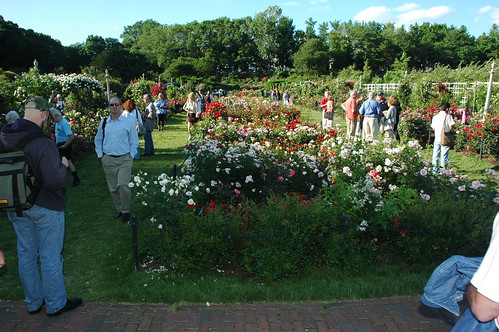317 Rugby Road, Beverley Square West
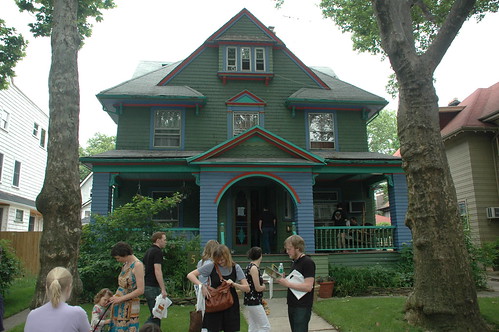
This was the third year in a row I’ve gone on the house tour. This year was actually one of the best overall. There was variety in the houses shown, largely because nearly every neighborhood of Victorian Flatbush was represented on the tour. I was surprised, pleased and proud to see that three of my neighbors in Beverley Square West were showing their houses this year.
This year I felt bold enough to ask at each stop whether or not interior photos were permitted. At most of the houses this was allowed. In many cases the volunteers directed me to ask the owners themselves, and so I got to meet more of my neighbors than I would have otherwise.
So I have many more photos than if I had only been allowed to shoot exteriors. Still, there are only 182 photos from this trip. The battery on my camera gave out about 2/3 of the way through. There would have been 100 more. This is not the first time my battery has died in the middle of a shoot. I’ve learned my lesson. I’m going to buy a backup battery, and an AA battery adapter so I can use regular NiMH rechargables.
In the interest of time and timeliness, I’m just including highlights in this post. You can see all 182 photos in the Flickr set from my trip. Not all the photos are of houses on the tour. Many are of other houses, gardens and other sights along the way.
Midwood Park and Fiske Terrace, both of which had a house on the tour this year, are calendared to be landmarked as a single area by the Landmarks Preservation Commission. Even with that, only five of the 11 neighborhoods of Victorian Flatbush will have been landmarked. 7 of the 12 houses on this year’s tour are in neighborhoods with no protection: Beverley Square West, Beverley Square East, Ditmas Park West, and South Midwood. Two of the four neighborhoods which did not show houses this year are also unprotected: Caton Park and West Midwood. Many of the houses in Victorian Flatbush are also at risk from inappropriate zoning: blocks with detached, single-family Victorian homes Zoned R6 for dense, townhouse development.
Stop #2: 1306 Albemarle Road, Prospect Park South
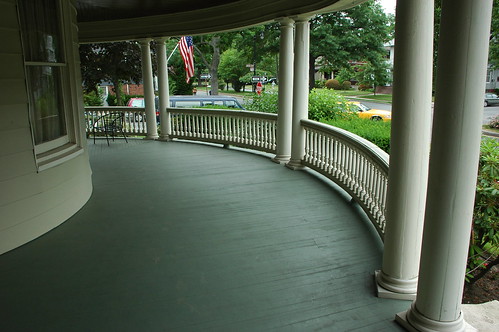

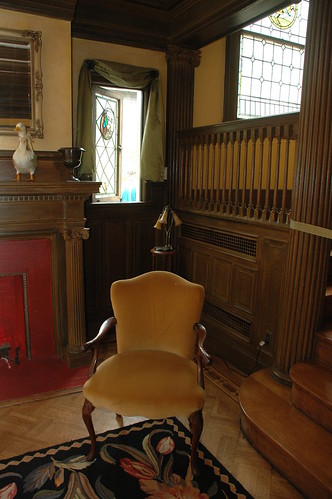


Stop #3: 85 Westminster Road, Prospect Park South
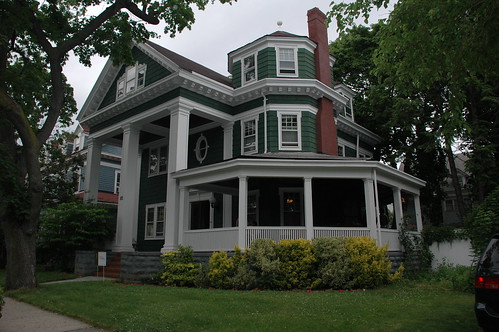


Stop #4: 209 Westminster Road, Beverley Square West



Stop #5: 317 Rugby Road, Beverley Square West






Stop #6: 352 Marlborough Road, Beverley Square West





Stop #8: 498 Rugby Road, Ditmas Park West

I have no interior shots of 498 Rugby. The owner wanted to show everyone through the house. This made it impossible to get any photographs of the interior, since it was always crowded with people. I could have gotten some shots if I had lagged behind the tour crowd, but I hate crowds so I was feeling a bit cranky.
Stop #9: 500 Marlborough Road, Ditmas Park West







Stop #10: 654 East 17th Street, Midwood Park

Interior photography was not allowed in this house.
The tour book incorrectly places 654 East 17th in Fiske Terrace. It’s in Midwood Park.



